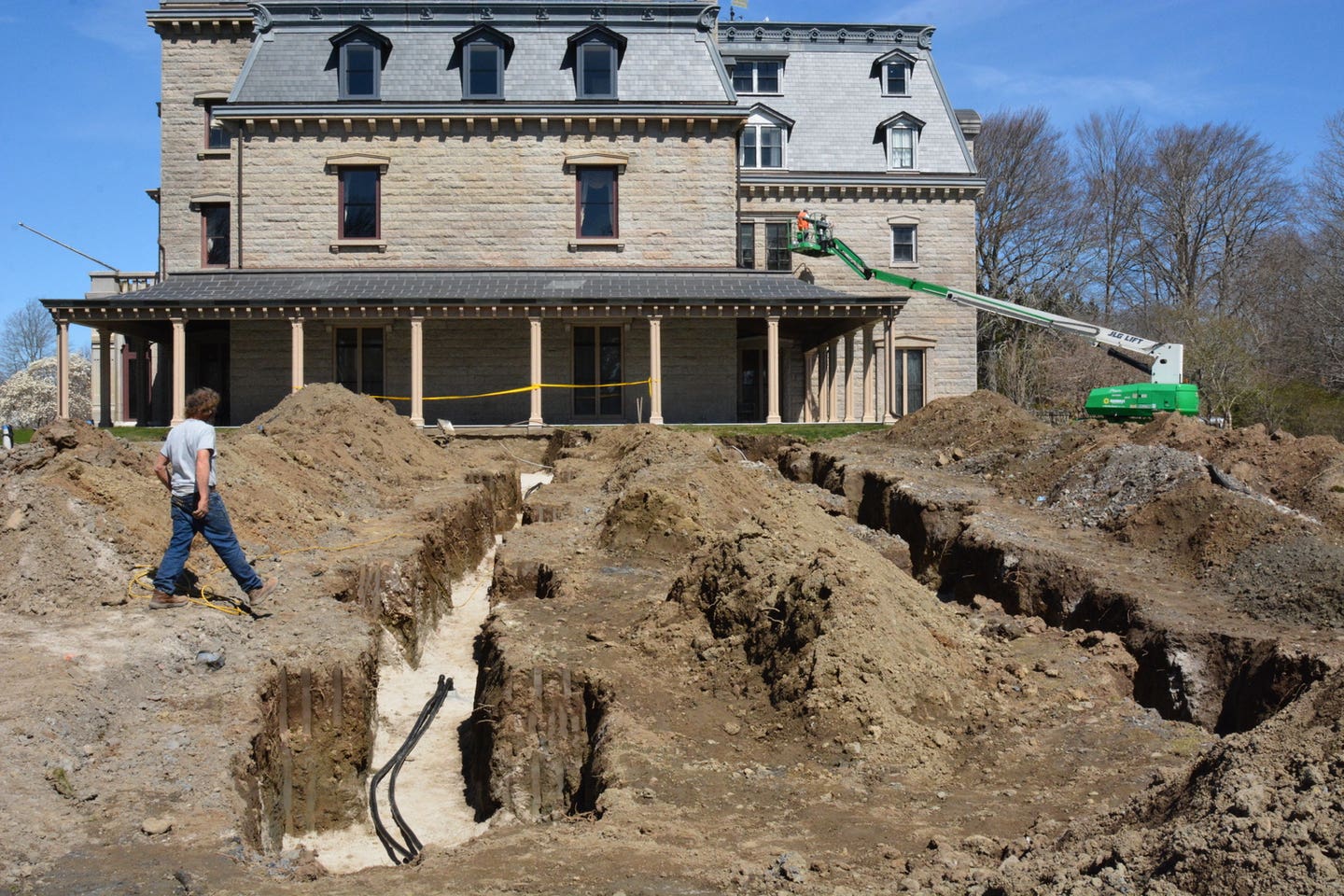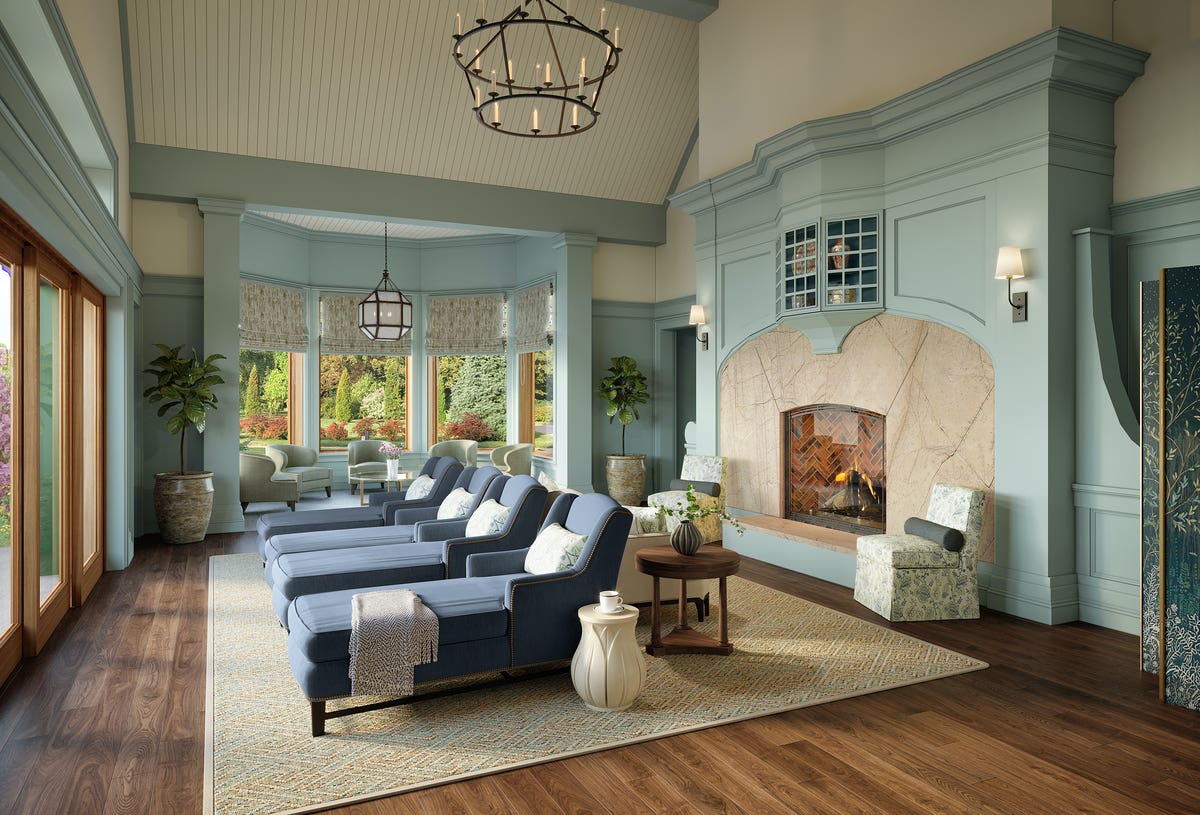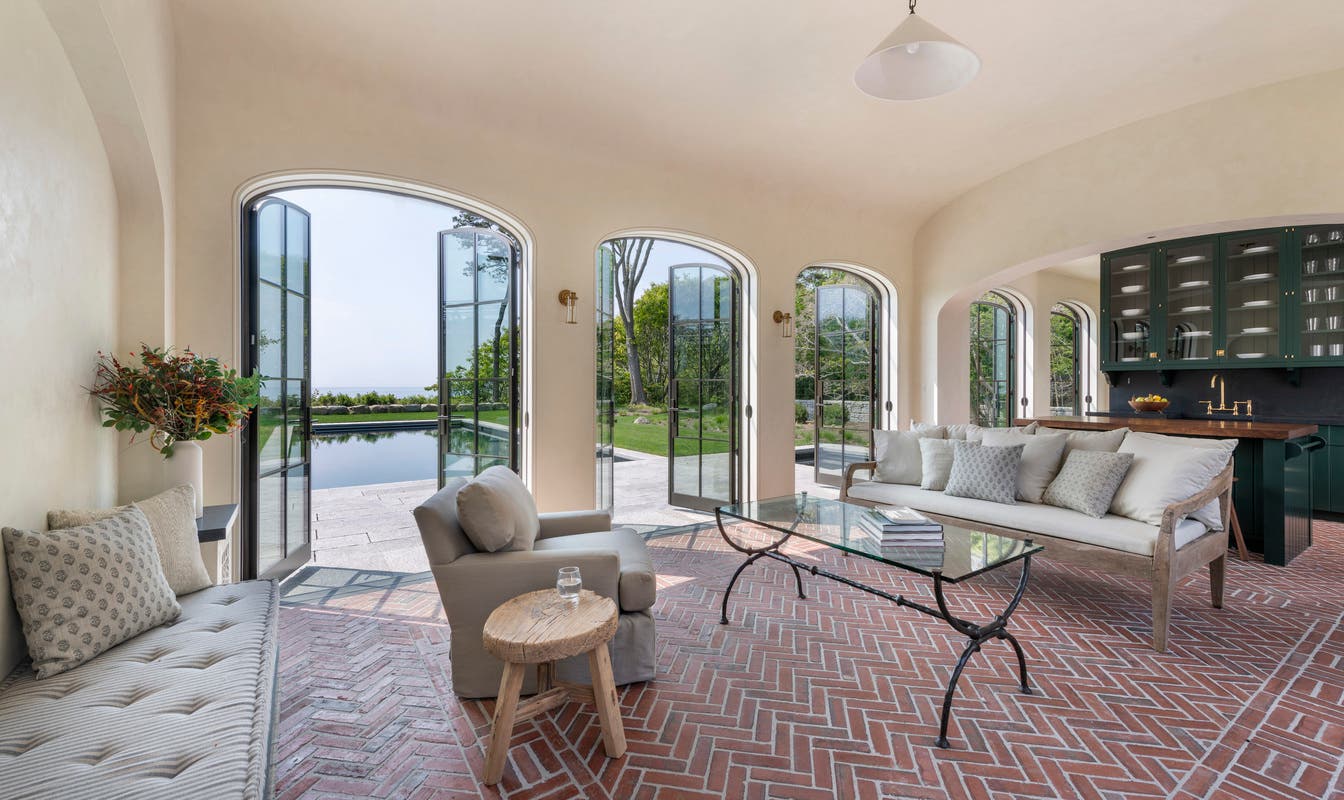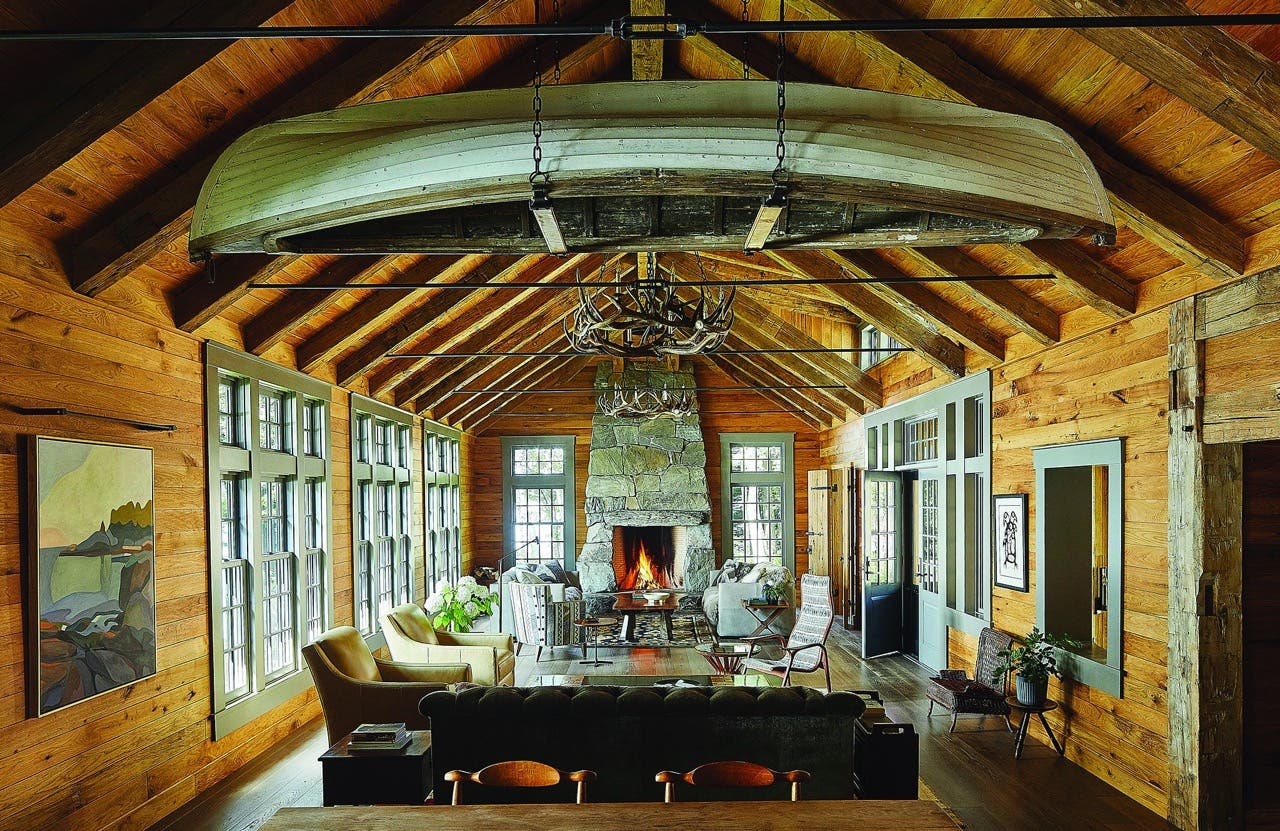
Opinions & Editorials
A Glimpse of the Classical Ideal
For two amazing days in February 2014, 265 people were treated to a rare happening: they were part of total-immersion course in the fully developed Classical ideal. This transformative experience, called the “Classical Tradition Conference,” was inspired by the vision and leadership of Robert Baird and was held in Salt Lake City, UT, under the aegis of the Utah Chapter of the Institute of Classical Architecture & Art. What made this ICAA conference unique was that it wasn’t just about Classical architecture. The animating spirit of the two-day convocation was the gospel that the late Henry Hope Reed had preached for five decades: the unity and interrelationship of all the Classical arts, including painting, sculpture, stone carving, decorative painting, metalwork, mosaics and wood carving – along with architecture. I was privileged to have been on hand to serve as moderator of this ground-breaking program.
Unfortunately, for most people today the word “Classical” merely conjures up visions of Ionic columns, which shows how far the Classical tradition has receded from public consciousness. The true Classical tradition celebrates the striving for beauty and harmony in the full range of human endeavor… a quest that is built upon on rationality, skill, artisanship and standards grounded in precedent. In contrast, most contemporary art and architecture that is celebrated in the media glorifies the novel and the bizarre (e.g., going gaga for Zaha) preferring the shock of the new to the gravitas of the true. The Salt Lake City agenda demonstrated that the Classical tradition is a dynamic process in which the present and the past are in constant dialogue: The past informs the present, and the present in turn informs the future. In contrast to anti-historical Modernism, which claims to follow no precedent, Traditionalism is buttressed by centuries of collective human intelligence.
Being an ICAA event, architectural presentations of course played a major role. Renowned English architect Quinlan Terry gave the keynote talk and captivated the audience not only with images of his own highly refined designs but also with sketches he made on the whiteboard showing the durability (and thus “greenness”) of traditional design details and materials. Subsequent presentations by architects Anne Fairfax, Marc Appleton, John Murray, Roger Jackson, Brad Houston, Matthew McNicholas and Richard Cameron elaborated on themes made in the keynote – each from their own perspective. Dean Mark Gelernter of the Univ. of Colorado’s College of Architecture & Planning in Denver capped it off with a virtuoso performance demolishing Modernism’s claim to intellectual and moral superiority over Traditionalism. When he was finished, the absurd “ornament is a crime” mantra lay dead on the floor, exposed for the fallacy it has always been.
The Allied Arts Add Visual Richness
But what raised the proceedings to a higher level was the way the related Classical arts were interwoven with the architectural presentations – providing dramatic evidence of the extra aesthetic dimensions that the human touch of artists and artisans can bring to any building project. Master sculptors Alexander Stoddart and Edward J. Fraughton (winner of a 2014 Arthur Ross Award) dazzled the audience with their understanding of the human form.
Alexander Creswell demonstrated how he is pushing the watercolorist’s art to new levels both in size and technical virtuosity. John Canning showed that all traditional decorative painting techniques – including marbleizing, graining, stenciling, gilding and glazing – are alive and well. Joseph Brickley revealed how an artist transitions from being a two-dimensional figurative painter to a three-dimensional sculptor. Lisa DeLong put on an impressive display of the intricacies of Islamic geometries and proportions. Labe Kopelov illustrated the subtle differences in manually-produced carved-stone finishes. When all the artists and artisans were through, there was no doubt that all the traditional Classical arts are available today at the highest skill levels, and that integrating one or more of the allied arts into building projects yields results that are visually richer, more beautiful, and that pulse with the human spirit.
Two additional themes also cropped up in various guises throughout the program. The first was the importance of drawing by hand. Virtually every speaker, whether painter, sculptor, designer or carver talked about the importance of drawing by hand as a way to really “see” one’s surroundings and to gain an intuitive understanding of the play of light and shadow across forms in both nature and the built environment. Only hand-drawing can capture the spark of life, yet in the age of AutoCAD the ability to draw by hand is becoming a rare skill. Discussion of drawing segued into the way design students are being taught today. Emblematic of the importance of exposing students to the Classical arts at an early stage, conference organizers made special provision for student attendance – including arranging for all of the current students in the ICAA’s Beaux-Arts Atelier to be flown from New York City so they could take in the conference on a complimentary basis. The critical need to support traditional studies was further underscored by the auctioning off of two architectural murals created for the conference that raised over $80,000 to support traditional architectural education.
After two intense days focusing on the unity of the Classical arts, the ecstatic audience gave a standing ovation to the impresario behind proceedings, Robert Baird. And just about everyone had the same two-part review of the event: (a) The two days were truly transformational; and (b) more programs like this are needed. So don’t feel too bad if you missed those two magical days in Salt Lake City because literally “in response to popular demand,” planning is already under way for a similar conference in 2015.
Editor Emeritus Clem Labine is the founder of Traditional Building, Period Homes andOld-House Journal magazines. He also launched the Palladio Awards program in 2002.







